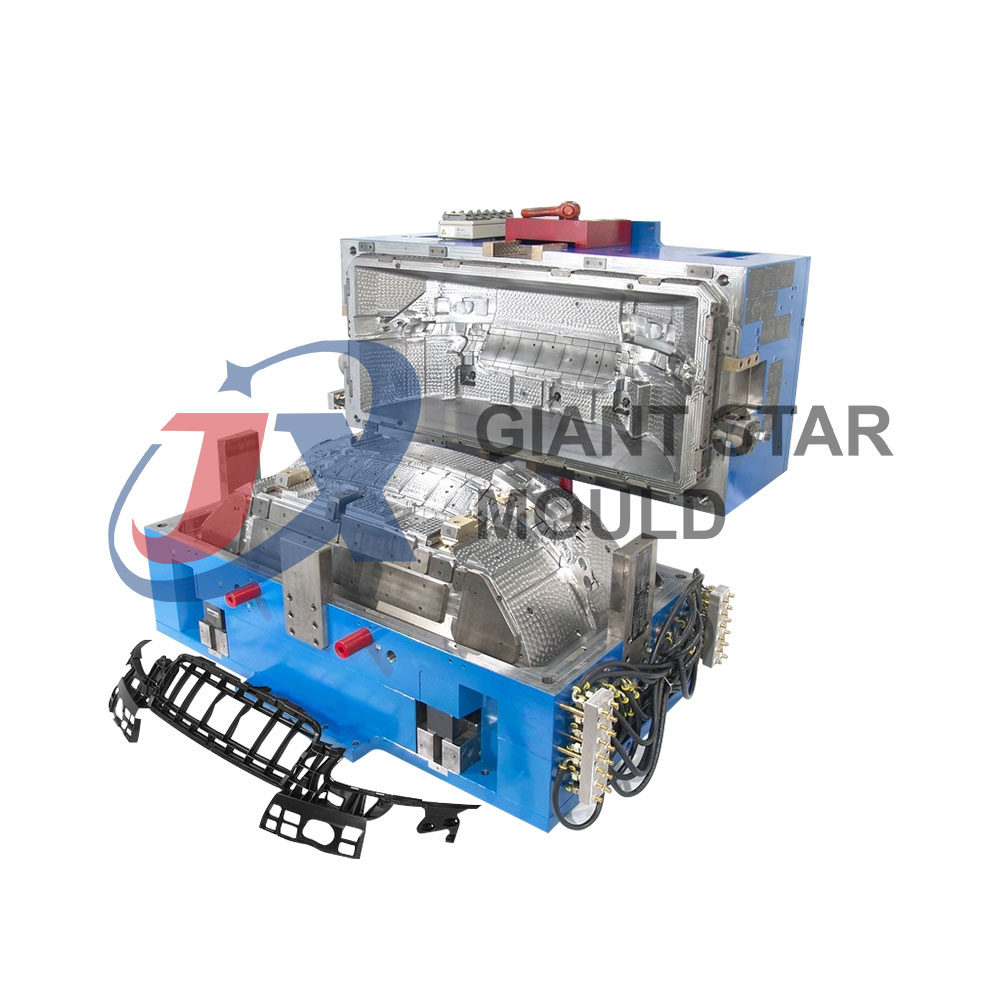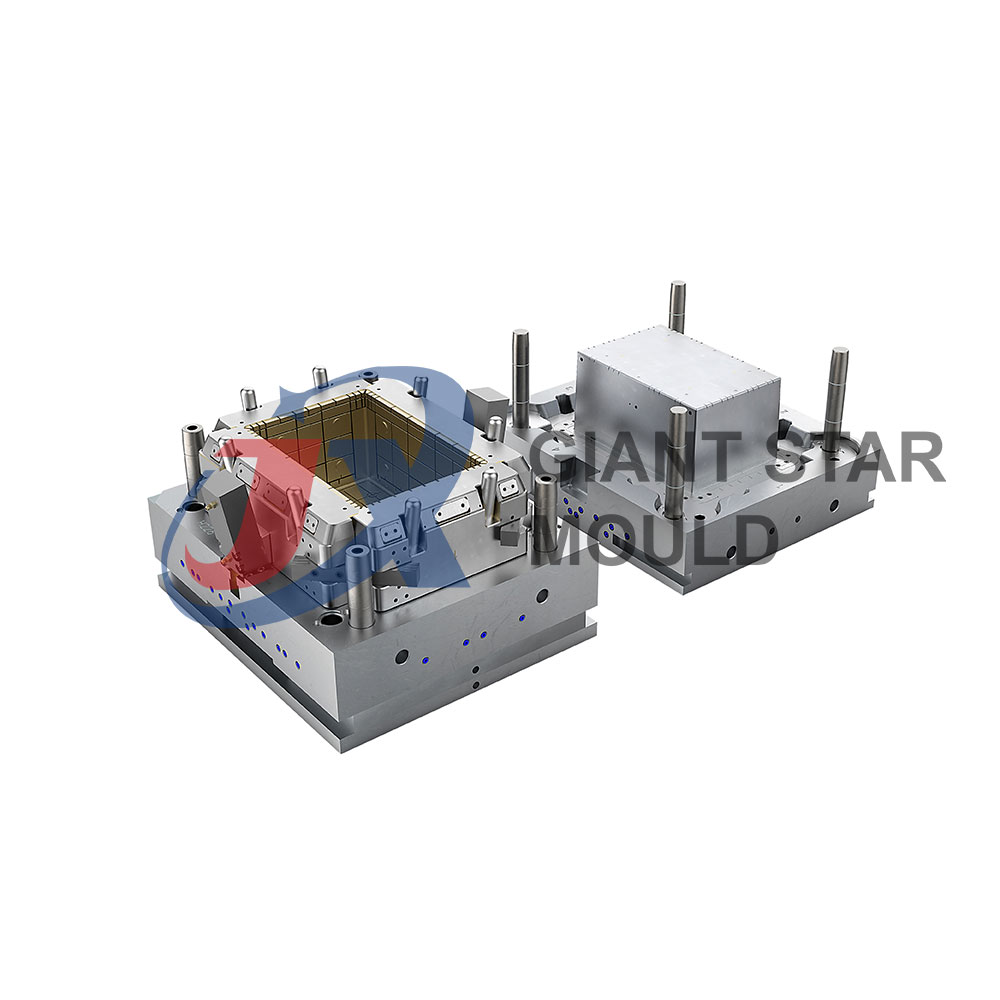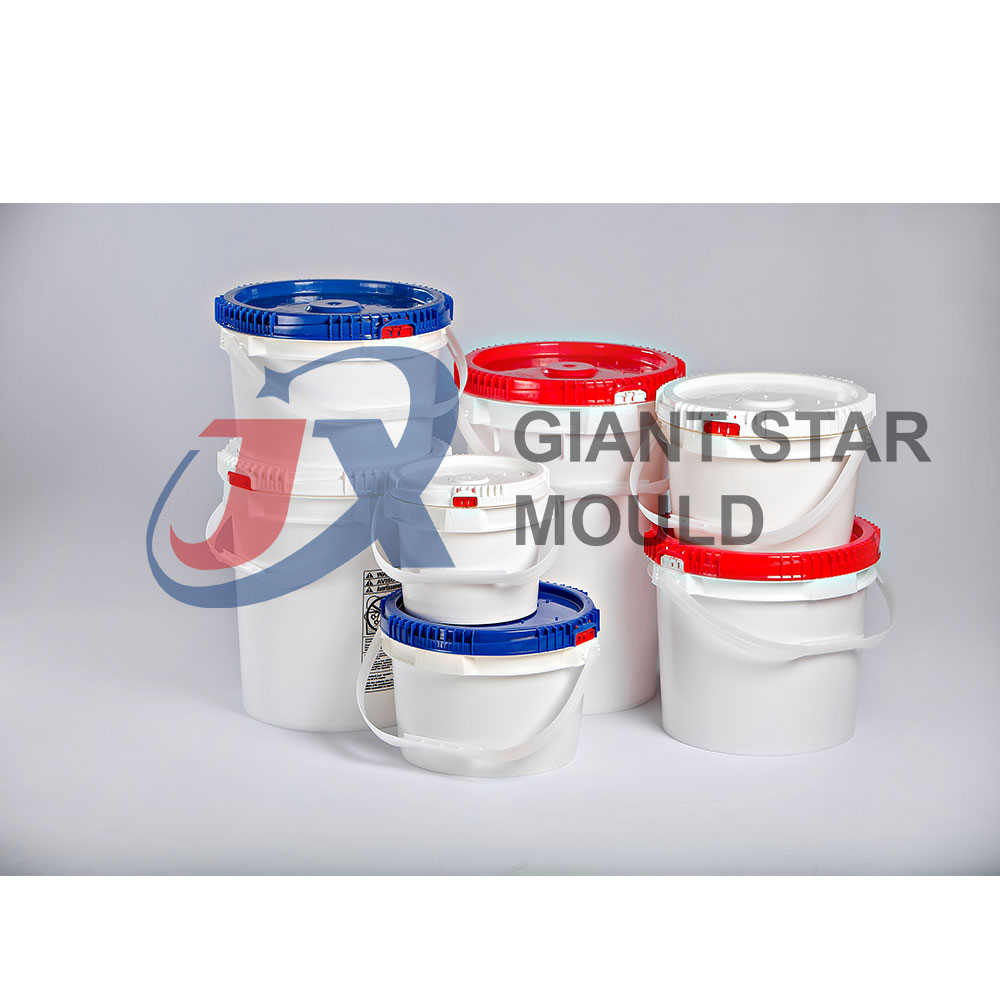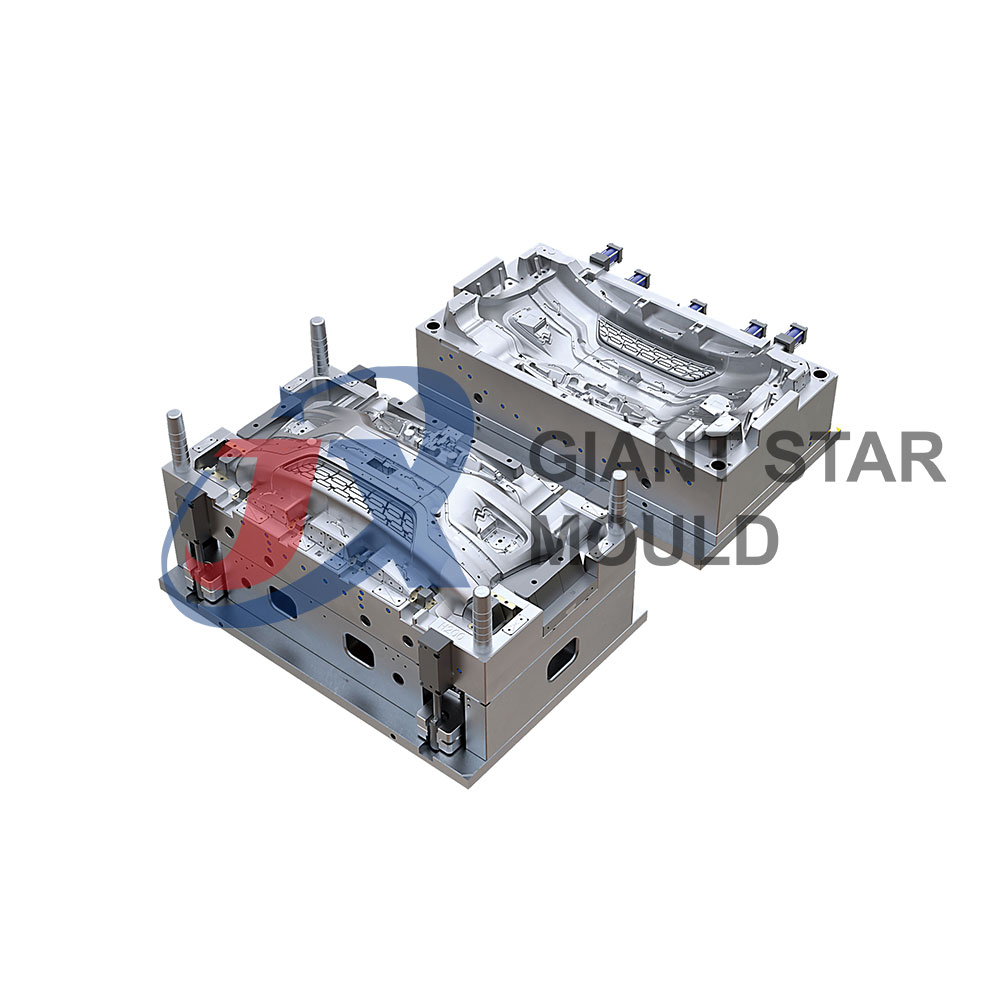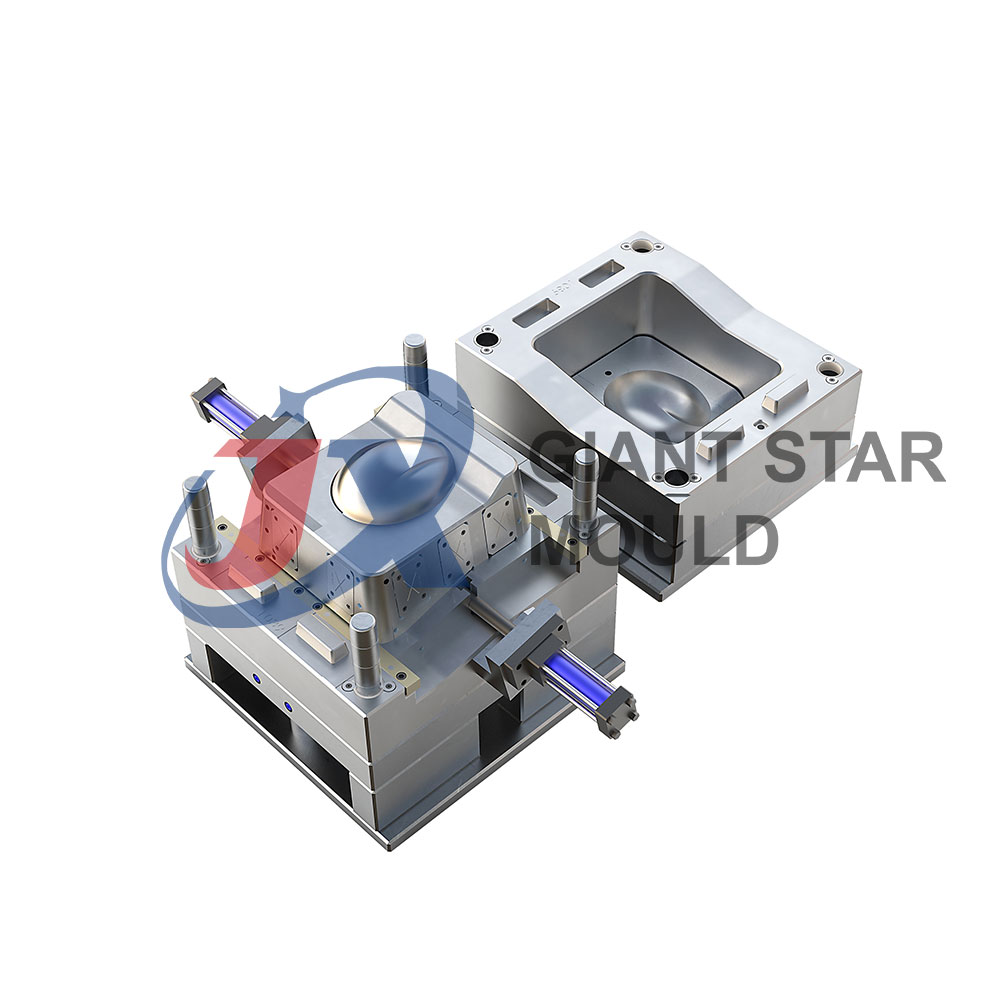Automobile mould acceptance standards
The acceptance criteria for automotive molds usually cover multiple aspects to ensure that the mold can meet production requirements and guarantee the quality of the final product. The following are some standards and considerations for automotive mold acceptance in general:
Dimensions and geometry: Molds should be manufactured precisely according to the design requirements of the automotive part, including dimensions, geometry, and surface features. Appropriate measuring tools are required for accurate size and shape inspection of the mold during acceptance.
Material and hardness: The mold material should meet the design requirements and have sufficient hardness and wear resistance to ensure long-term stable production operation. The mold material’s certificate of conformity and hardness test results should be checked during acceptance.
Surface quality: Automotive parts usually have high requirements on surface quality, so the mold surface must be smooth and flawless. During acceptance, the mold surface should be checked for defects such as bubbles, cracks or scratches.
Cooling system: The cooling system of the mold is critical to production efficiency and part quality. During acceptance, it is necessary to ensure that the design and manufacturing of the cooling channels meet the requirements and can effectively control the cooling rate of the components.
Injection molding system: Automotive molds usually use injection molding processes, so the design and performance of the injection molding system are crucial to the acceptance of the mold. During acceptance, it is necessary to check whether the operating stability of the injection molding system, injection pressure and speed and other parameters meet the requirements.
Injection port and exhaust system: The design of the injection port should be reasonable and ensure that the plastic material fills the mold cavity evenly. The exhaust system also needs to be effective to remove air and gas from the mold and prevent parts from developing bubbles or insufficient melt.
Inspection and testing of injection molded parts: Injection molded parts need to be inspected and tested during acceptance to ensure that their size, appearance and performance meet the design requirements. This may include using a coordinate measuring machine for dimensional inspection, visual inspection, and functional testing.
Mold life and maintenance: It is necessary to evaluate the expected life of the mold during acceptance and ensure that the mold has good maintenance performance to extend its service life and ensure the continued stability of production.
The above are some standards and factors that are usually considered when accepting automotive molds. Specific acceptance criteria may vary based on factors such as mold type, production requirements, and industry standards. Therefore, when conducting mold acceptance, detailed evaluation and testing need to be carried out on a case-by-case basis.

